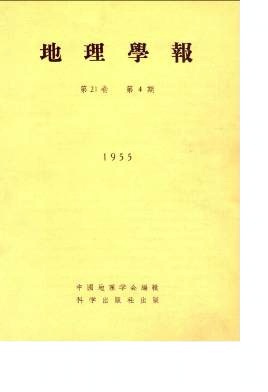CHIANG AI-LIANG
The winter climate of South China is usually mild, but occasionally when the cold waves break out from Siberia or elsewhere and push southward, the temperature may drop 10, 15, or even 20℃ within a few days, therefore damages caused by the sudden drop ef tempe-rature on tropical plants were incurred frequently. Comparisons of changes of temperature of Northwest, North and Central China, indicate that the drop of temperature in South China is the most striking one during the invasion of cold waves. Here the author proposes the use of complex index number for the temperature variations, so the special characteristics of the temperature range and the interdiurnal tempera-ture variation may be revealed. A discussion is also given for the low temperature damages to agricultural plants. In this paper much attention was placed on the distribution of such to:v temperatures as influeaced by different topographical features during the cold spells, and suggestion was made as to how to select shelters for tropfeal agricultural plants. Four kinds of temperature dropping types effecting agricultural plants were mentioned. And measures to be taken for protection of pleats against low temperature damages were suggested.
